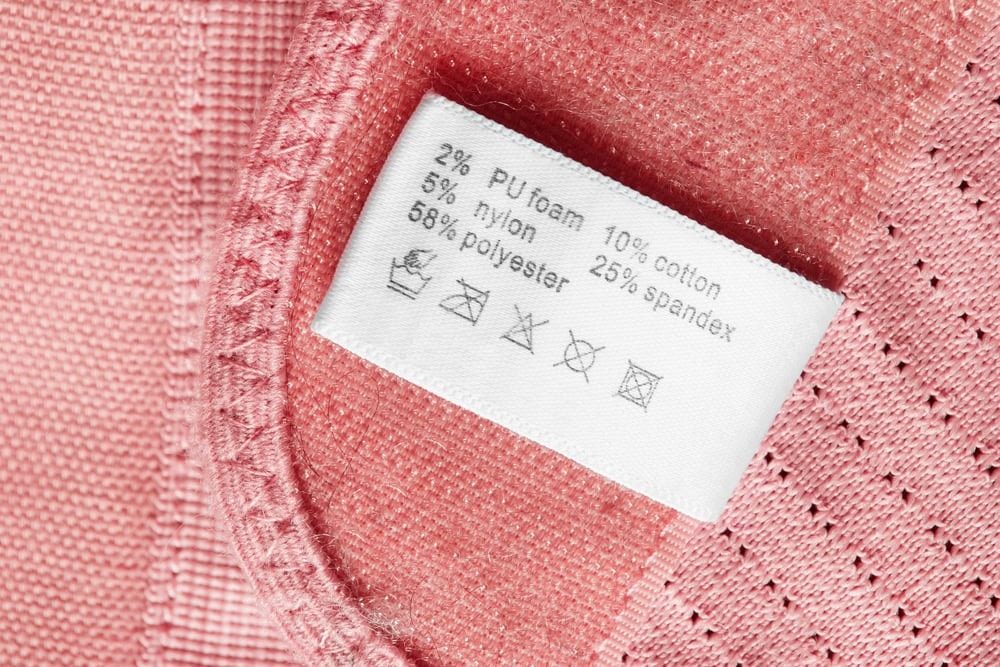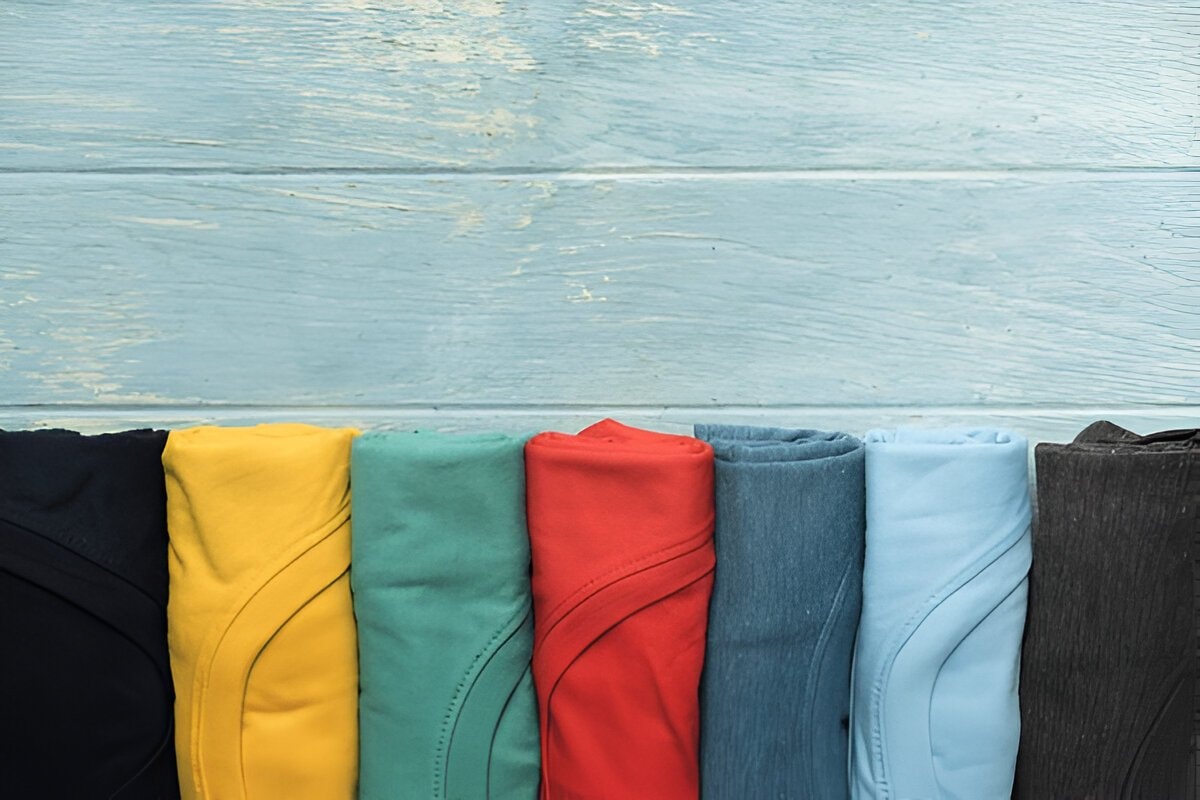Introduction
Spandex—also known globally as elastane—is a synthetic materials fiber celebrated for its notable elasticity. Originally evolved to meet the growing demand for stretchable and form-becoming garb, elastane material, such as spandex yarn, has converted the textile and fashion industries. Whether you’re slipping into your favourite pair of leggings, looking for compression put on, or designing the following large component in sports clothing and athletic garb, spandex fabric plays a vital role.
This complete guide explores what elastane cloth is, what elastane fabric material cloth is fabricated from, how it compares to elastane, its physical properties, common applications, care recommendations, and its environmental impact. From fabric students and style designers to gymnasium-goers and customers, this guide is designed for all people curious approximately this flexible, excessive-performance fiber.
What Is Spandex?
Spandex is a synthetic fiber acknowledged for its wonderful elastic properties, stretch and recuperation. It can stretch yarn as much as five to eight times its unique period and return to its original form with out permanent deformation. The name “spandex” is simply an anagram of the phrase “expands,” reflecting what makes spandex its maximum precise feature.

Although generally known as “spandex” in the United States, this material is likewise utilized in lycra garments and globally known as elastane, showcasing its production versatility . In some contexts, you may also listen it known as Lycra®, that is a logo call trademarked with the aid of DuPont.
Key Facts:
- Type: Synthetic elastomeric fiber
- Common Names: Spandex (US), Elastane (Europe), Lycra (brand)
- Known For: High stretchability, comfort, and form retention
Spandex is not often used on its personal. Instead, it’s typically mixed with natural or synthetic yarn and other fibers such as cotton, wool polyester, or nylon to produce stretch jeans fabric used in everything from casualwear to excessive-performance sports apparel.
What Is Spandex Made Of?
The core component in spandex is polyurethane, a polymer that offers the fiber its signature stretchiness. This polyurethane base is shaped through a complicated chemical production procedure related to the manufacture and response of macroglycol with a diisocyanate monomer underneath managed heat and pressure. Production Origins:
- Invented by: Joseph C. Shivers at DuPont
- Year: 1959
- Originally Known As: Fiber K
- Branded As: Lycra®
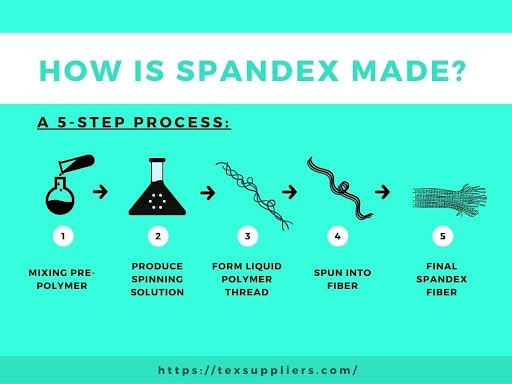
Composition:
- Main Polymer: Polyurethane
- Blend Ratio: Usually 2–10% spandex in a fabric blend
Spandex fibers are usually spun using the “dry spinning” method. Once formed, the fibers are wound onto spools and later woven or knitted into textiles. The fiber’s molecular structure, similar to rubber, allows it to stretch extensively while snapping back into place—key for performance and comfort in garments.

Spandex vs. Elastane: Are They the Same?
In short—yes. Spandex and elastane are two names for the same fiber. The difference lies in regional terminology and branding.
Term | Used In | Description |
Spandex | USA, Canada | Generic term derived from “expands” |
Elastane | Europe, Asia | International term for the same fiber |
Lycra® | Global | Trademarked brand name owned by Invista |
Regardless of what you call it, the chemical structure and performance of spandex fabric remain identical. If you’re analyzing apparel labels in Europe, you’ll see “elastane”; inside the U.S., it’ll usually say “spandex garments.”
Characteristics of Spandex Fabric
Spandex, also known as elastane or Lycra (a trademarked logo), is a synthetic fiber celebrated for its fantastic elasticity and comfort. Its particular molecular shape—comprising lengthy-chain polymers with tender and rigid segments—gives it a number houses that make it an necessary aspect in modern textiles. Let’s dive deeper into the important thing traits that outline spandex fabric:
Exceptional Stretchability
Spandex‘s most celebrated trait is its capability to stretch 5 to eight times its unique length without snapping. This advanced elasticity makes it essential for clothes that want to return to their original shape and move with the wearer. Activewear, gymnastics clothes, yoga pants, and tights, along side compression clothes, all rely on spandex for flexibility and overall performance in sportswear. The elasticity reduces restriction and helps natural movement, which enhances athletic overall performance and luxury, specifically in relation to perspiration management.

Excellent Shape Retention
Unlike some fabrics that sag or lose form after repeated use, spandex snaps lower back into form even after sizable stretching. This “memory” ensures that garb keeps its unique fit over time, reducing bagginess at the knees, elbows, or waist, during its manufacture . That’s why spandex is widely utilized in skinny jeans, shapewear, and bodycon attire—it facilitates garments hold their silhouette wash after wash.
Lightweight and Soft Texture
Spandex fibers are extremely best and mild, which contributes to the general comfort of the garments it’s used in. It doesn’t add bulk or weight to the material, making it suitable for form-becoming designs. Despite its light-weight nature, spandex stays strong and durable. Its soft sense against the skin additionally complements comfort, specially in tight or layered clothing.
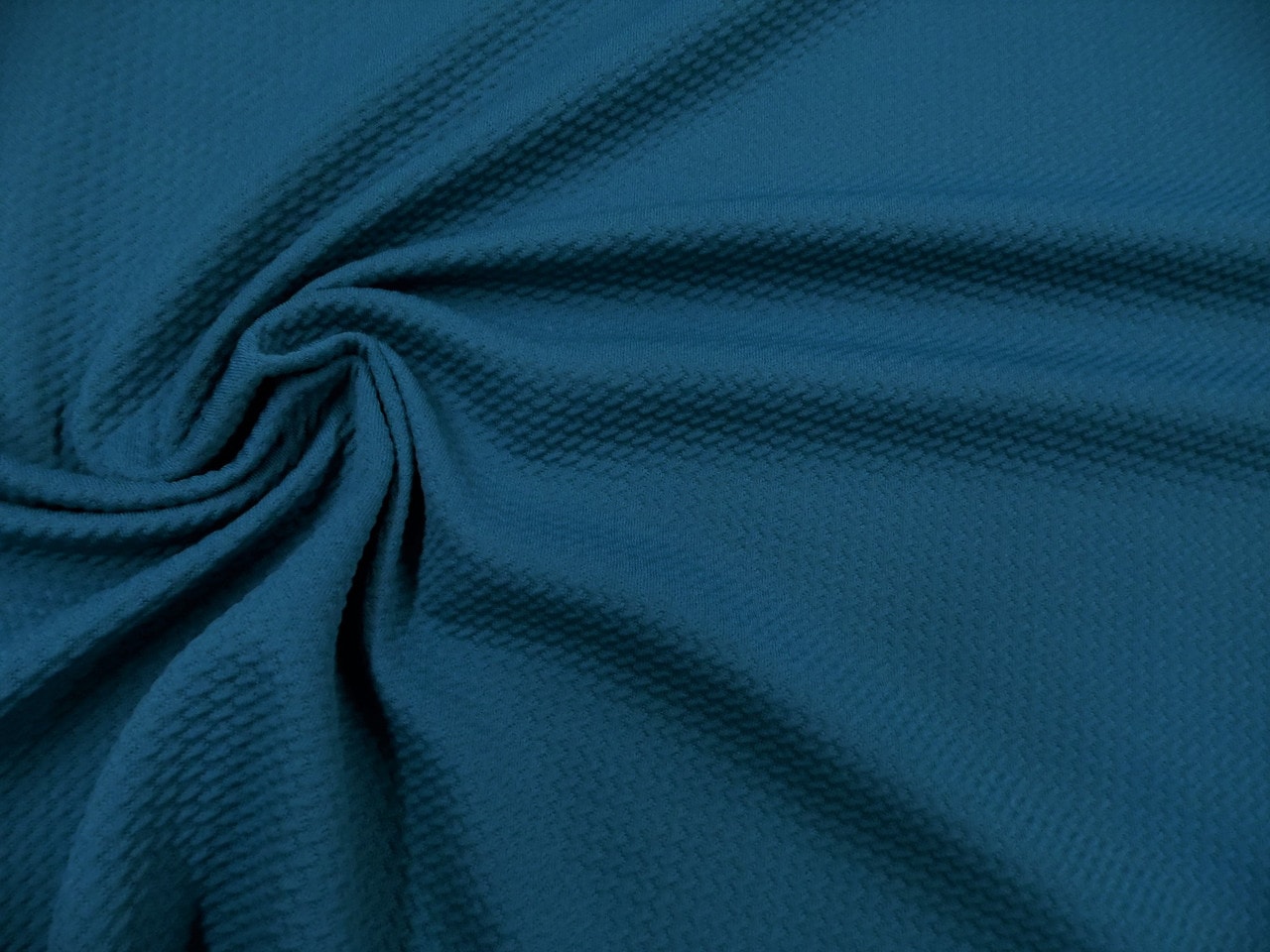
Moisture-Wicking Ability
Although no longer as breathable as herbal fibers like cotton or bamboo, spandex does an splendid method of pulling moisture far from the pores and skin. This moisture-wicking functionality is specially valuable in sports activities sports activities garb, in which preserving the pores and skin dry is crucial to prevent irritation and overheating.
Quick-Drying Performance
Because spandex does not take in lots water, it dries a ways more speedy than cotton or wool. This characteristic is tremendous for athletic put on, swimming wear, and journey clothing, as it reduces drying time after washing or sweating.
Common Uses of Spandex/Elastane
Spandex, additionally called elastane or Lycra, is prized for its splendid elasticity and shape retention. This artificial fiber is a vital difficulty in a huge type of women’s sports wear and practical programs, blending seamlessly with different materials to decorate flexibility, healthy, and luxury. Here’s a higher have a observe how spandex is used at some point of distinctive training:
Sportswear & Activewear
Spandex is a cornerstone in athletic garb, in which stretch, assist, and breathability are essential. It is normally discovered in yoga pants, going for walks tights, gymnasium shorts, and compression shirts. These garments advantage from spandex’s capacity to move with the body, keep form for the duration of extreme activity, and provide lightweight consolation. The moisture-wicking and quick-drying features of spandex similarly beautify overall performance with the aid of preserving the wearer dry and cool in swimwear.
Underwear & Lingerie
Comfort and fit are non-negotiable in underclothes and undergarments, that’s why spandex is utilized in bras, briefs, shapewear, and tights. Its potential to offer a mild, cushty healthy with out constriction facilitates undergarments agree to the body’s curves. It also improves stretch and return, which is vital for long-time period wear and shape upkeep.
Swimwear & Dancewear
Spandex’s stretchiness and resistance to water make it perfect for swimsuits, leotards, and wetsuits. In swimming wear, it presents a decent, form-becoming silhouette whilst withstanding chlorine and saltwater. In dancewear, it permits for fluid motion and guarantees the cloth hugs the frame with ease without moving at some point of performance.
Denim & Casualwear
Modern denim often carries a small percentage of spandex to improve flexibility and comfort. Stretch denims, outfitted skirts, and jeggings benefit from the fabric’s capability to contour the body and permit freedom of movement without compromising fashion.
Medical Applications
Spandex performs a important function within the production of compression clothes, orthopedic braces, and help hosiery.
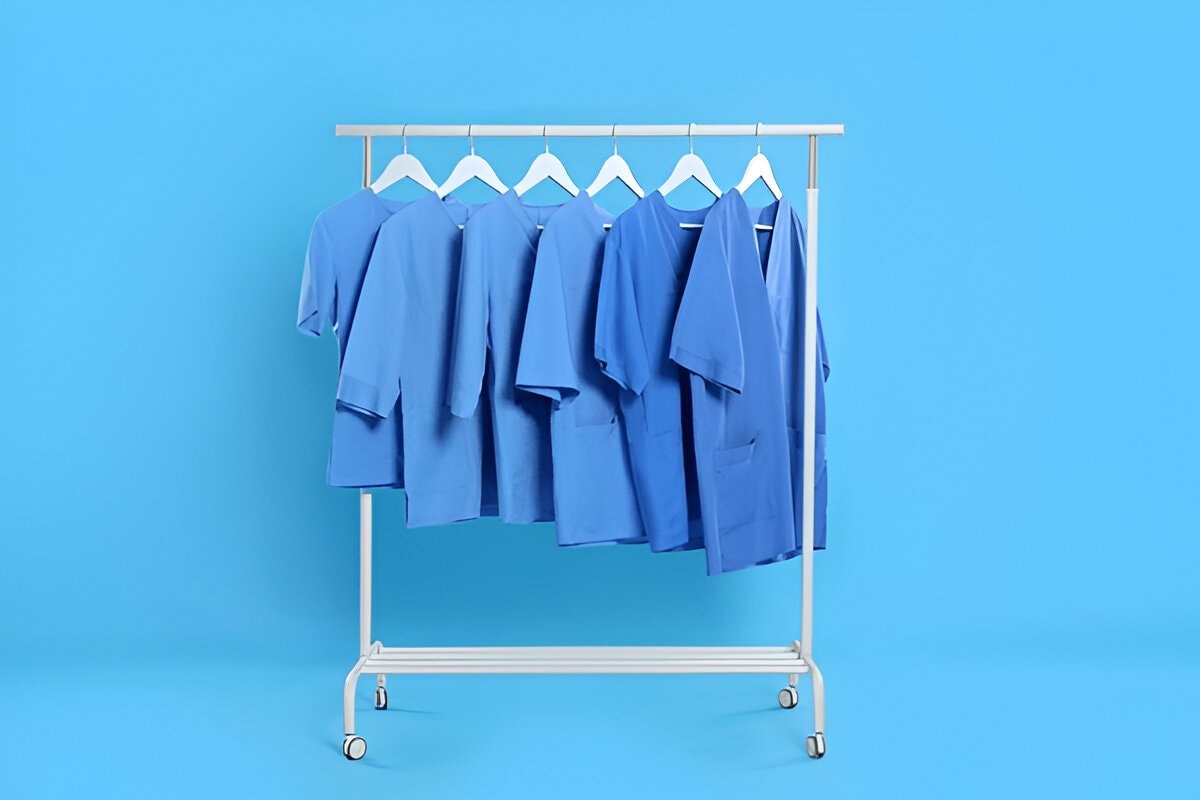
Industrial Use
Beyond fashion, spandex is utilized in elastic bands, stretchable packaging, and flexible textiles that require sturdiness and resistance to tension, considering its environmental impact . Its mechanical houses make sure dependable overall performance in worrying packages.
Pros and Cons of Spandex
✅ Pros:
- High Elasticity: Provides outstanding freedom of motion
- Comfort: Soft and bendy towards the pores and skin
- Shape Retention: Maintains garment shape even after frequent use
- Versatility: Works well in blends with both natural and artificial fibers
- Lightweight: Doesn’t add bulk to the garment
❌ Cons:
- Heat Sensitivity: Can lose elasticity whilst exposed to high heat
- Non-Biodegradable: Not an eco-friendly fabric
- Degradation Over Time: Loses stretch after repeated washing/drying
- Low Breathability: May entice warmth and moisture in hot situations
How to Care for Spandex Clothing
Proper care can expand the lifestyles of spandex clothes while carrying them well and managing body oils, maintaining their elasticity.
1. Wash Gently
- Use cold water to save you fiber breakdown
- Hand wash when viable, or use a gentle cycle
2. Avoid Heat
- No warm water, no warm dryers, no direct sunlight
- Air dry or tumble dry on a fab putting
3. Skip the Softener
- Fabric softeners coat fibers and reduce stretch
- Use slight detergents designed for activewear
4. Iron with Caution
- Use low heat if ironing is vital
- Never use steam, as it could damage the fibers
5. Store Properly
- Keep in a dry, cool region
- Avoid cramming or folding with heavy garments which can stretch it out
Environmental Considerations
Despite its capability, this synthetic fiber can maintain its original shape but is not without environmental impact.
1. Energy-Intensive Production
- Manufacturing spandex requires tremendous electricity and chemical substances
- Some manufacturers are exploring greener alternatives like bio-based totally polyurethane
2. Non-Biodegradable
- Spandex does now not decompose obviously
- Contributes to landfill and microplastic pollution
3. Microplastic Pollution
- Fibers shed in the wash can enter waterways
- Use washing luggage (e.G., Guppyfriend) to lessen losing
4. Recycling Challenges
- Difficult to recycle due to its complex shape and blends with other fibers
- Emerging fabric recycling tech can also improve future sustainability
Final Thoughts: Why Spandex Is Essential in Modern Fashion
From gym garments and shapewear to stretch denim and swimming wear, spandex is a contemporary cloth wardrobe essential for women, especially in hosiery. Its potential to stretch, contour, and move with the body makes it irreplaceable in the international of favor and performance apparel.
For designers and developers, information spandex’s mixture compatibility and performance traits can cause higher fabric choices. For consumers, mastering the way to care for spandex clothes, in particular below high temperatures, ensures lengthy-lasting comfort and match.


